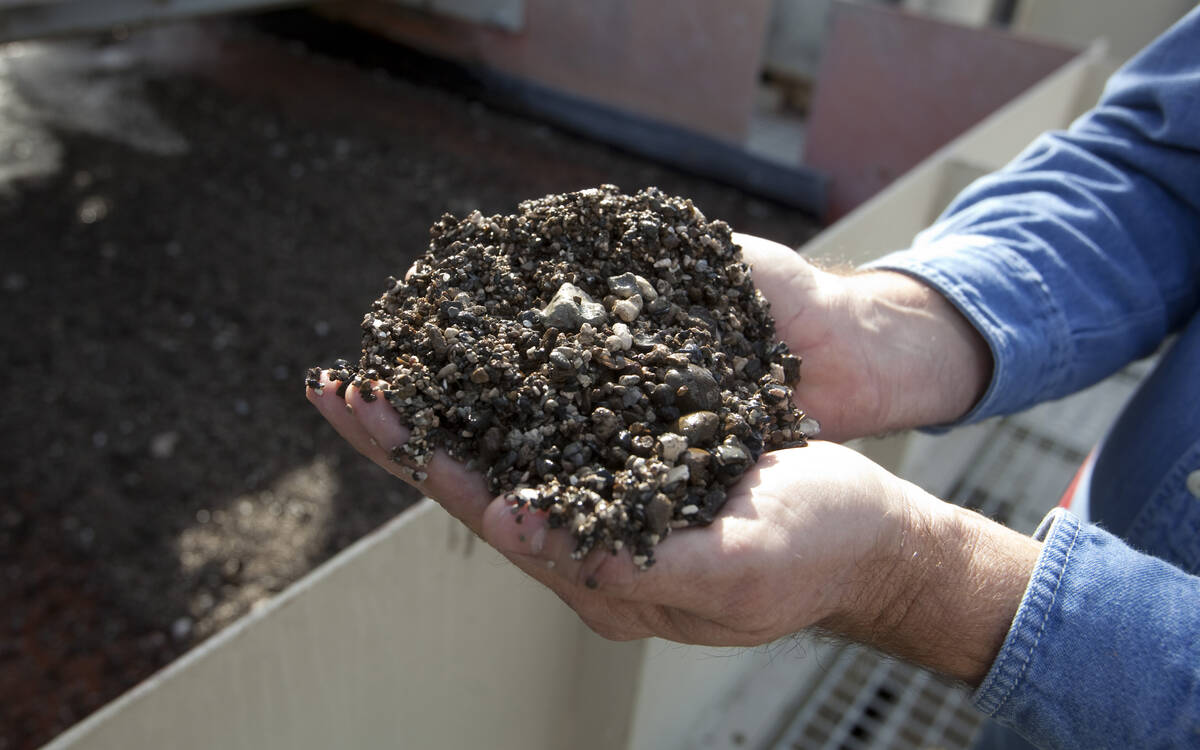The national group representing Canadian women is testing its own survival and the federal government’s resolve over the issue of grant money.
Kripa Sekhar, the Saskatchewan representative for the National Action Committee on the Status of Women, said NAC is protesting the funding criteria for women’s organizations.
This winter NAC sent in its funding application for 1998-99 using the old-style criteria that allows money for the structure and operations of the group. But federal grants are now based on individual project funding with an emphasis on programs that increase women’s economic autonomy, deal with violence or women’s access to social justice.
Read Also

Phosphate prices to remain high
Phosphate prices are expected to remain elevated, according to Mosaic’s president.
NAC says there is no long-term funding for what it calls equity programs, such as lobbying for a national day-care system. So NAC is now short of money because the federal Status of Women’s department has refused its funding proposal.
Joan Grant-Cummings, president of NAC, said the group usually gets about 25 percent of its annual budget of $1 million from the federal grant. To offset the immediate loss NAC is asking unions and other social action groups for donations.
Toonie per female
NAC has joined with 23 other women’s groups to also protest the paucity of money allocated by Ottawa to women’s and girls’ programs, which it calculates at 52 cents per person. Women’s groups are lobbying politicians and the public asking for that amount to be raised to $2 for each Canadian woman and girl.
The toonie campaign has led to some meetings with Hedy Fry, the minister responsible for the status of women, and Paul Martin finance minister, but no budget changes have been made.
In an interview Fry said she, like many MPs including most in the Liberal women’s caucus, support the toonie campaign. However her department, like all in the federal government, has been undergoing budget cuts and program reviews. Status of Women lost $400,000 of its $8 million budget this spring but Fry said she has tried to shield the grant area from as severe a cut.
She said consultations had been held often with all the women’s groups and only NAC is refusing to follow the new criteria: “The point is we see others are playing by the rules.”
While Fry has noted women’s programs are funded out of several departments besides hers, Sekhar said “women’s work cannot be done in bits and pieces.”
Adds Saskatchewan’s rep: “We say if Canada is really committed to women’s improvement and the Beijing conference promises, then they should fund these organizations.”
Raj Dhir, prairie officer for the status of women department, said the Saskatchewan action committee’s funding proposal was approved but it got $12,000 less than last year. Dhir said her office had $1.45 million to distribute last year, but the budget for this year is undetermined. She said no farm women’s groups had applied yet but the funding year began in April.
Grant-Cummings said NAC’s membership was to discuss its strategy of not taking government money at the group’s annual meeting June 5-7 in Ottawa.
“We don’t want this to be a Pyrrhic victory.”














